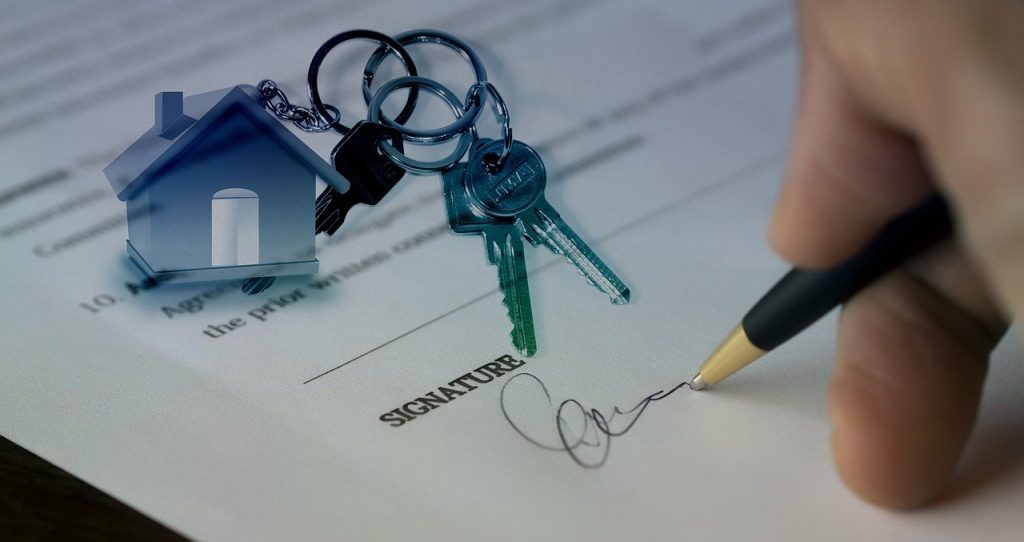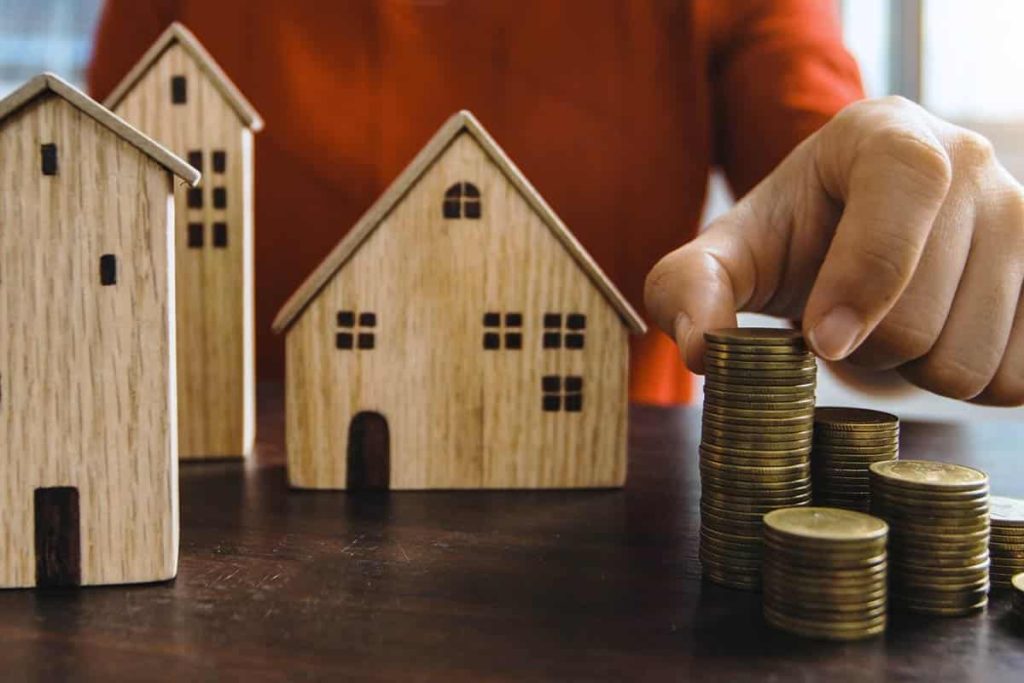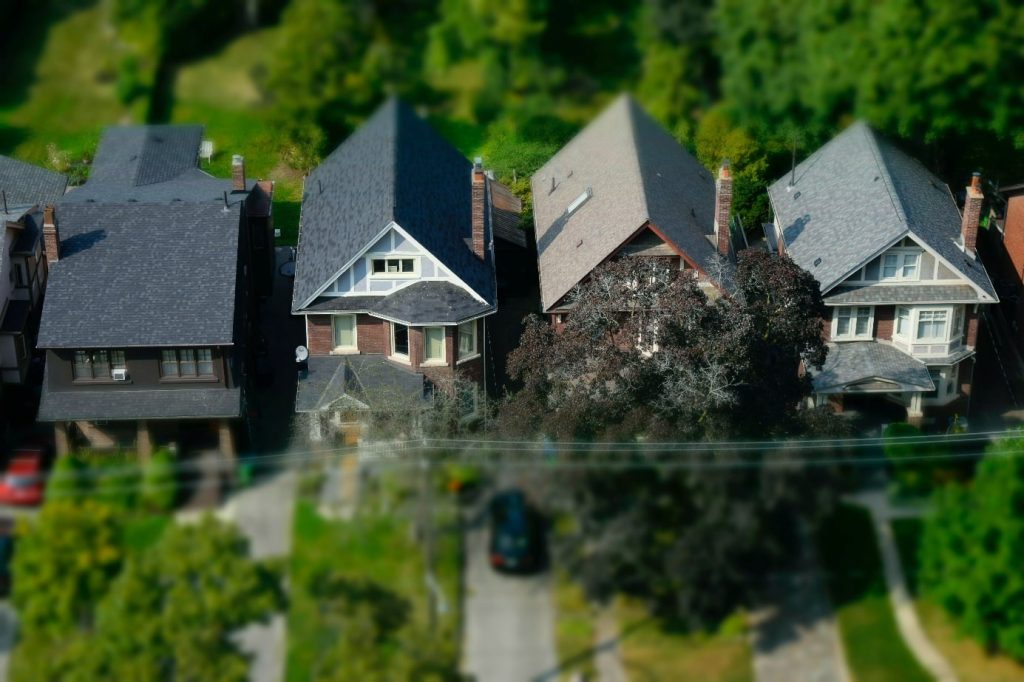In 2014, the Alur law came to extend the list of mandatory real estate diagnoses to be carried out before any real estate transaction. This time it is the dry rot diagnosis. No decree has been published to date for its implementation.
You should know that originally, this diagnosis was mandatory to protect your home against the dry rot fungus, regardless of where you were located in the country. Unfortunately, given the complexity of the coring to carry out this diagnosis, the obligation of this one was limited to the zones at risk only.
Summary
What is dry rot diagnosis?
Before talking about this diagnosis, it is necessary to understand what dry rot means. It is quite simply a parasite in the form of a fungus which grows in a humid, poorly ventilated and dark environment, then feeds mainly on wood. Its growth is very fast. When he attacks your property, he risks damaging it quickly. Dry rot is also called house leprosy.
The dry rot diagnosis is mandatory for any property intended for sale and which is located in a risk area. It helps to determine if this fungus is in your home and how to fix it.
Why is it necessary to opt for a dry rot diagnosis?
Dry rot is a fungus that spreads quickly. It is not detectable at first sight, until it reaches an advanced stage of contamination. It is then too late to remedy the problem. It is for this purpose that it would be better to carry out a dry rot diagnosis to save your home from ruin.
This parasite does not only affect wood, but it can damage your electrical installation, bricks or even cement joints. It also causes breathing problems for the occupants of the house. For these reasons and many others, it must be exterminated.
Who is affected by this dry rot diagnosis?
Normally, dry rot diagnosis is mandatory when you plan to sell a property located in a risk area. But, if you don’t plan to sell, you can still perform this diagnosis. Just contact an expert who will take care of all the analysis of a possible presence of said fungus.
In France, there are nearly 57 risk areas infected with dry rot parasites. They are mainly located in the north and west of the country.
Dry rot post-diagnosis
After performing the diagnosis, you are faced with two scenarios. The first is when the results are negative. There is no treatment to put in place, however, it is advisable to place security measures to protect against possible contamination.
When the results are positive, it’s a whole different story. It is a question of carrying out several curative phases. The first is to treat what is already affected, by injecting a fungicide directly into the element to be treated. Then, it will be necessary to identify all the sources of this evil and to treat them. Finally, it will be necessary to replace what cannot be saved or which can cause a new infection.




